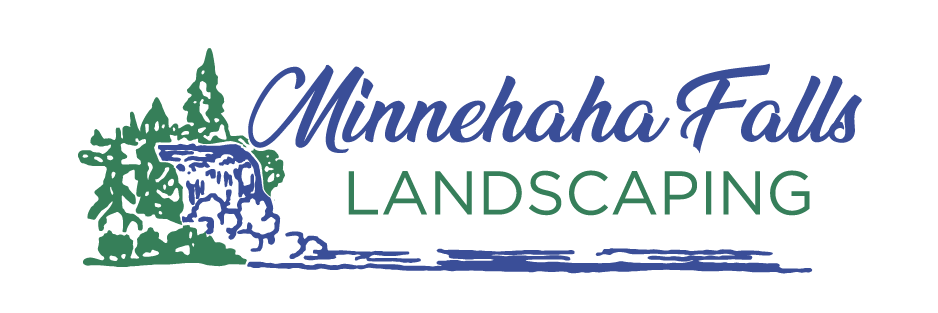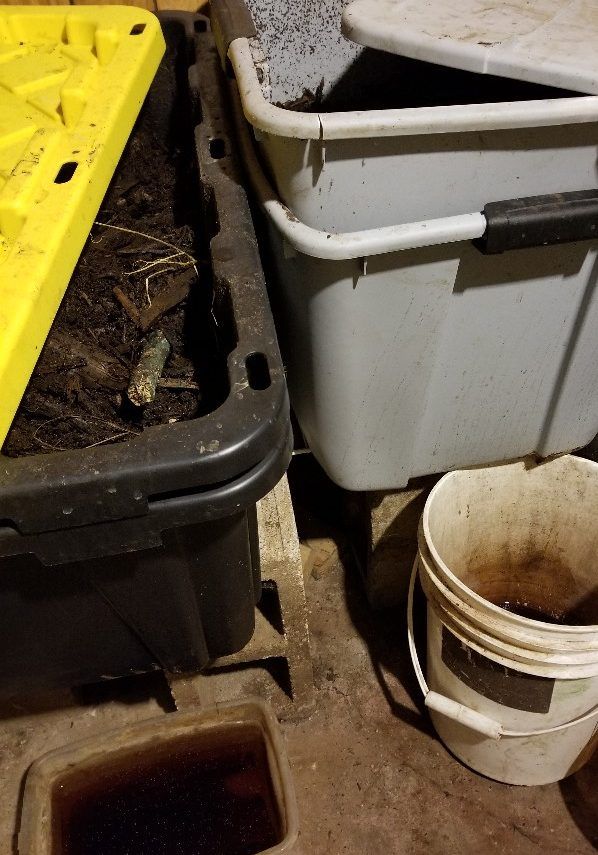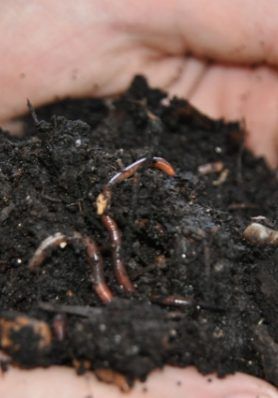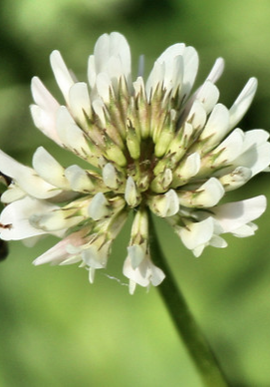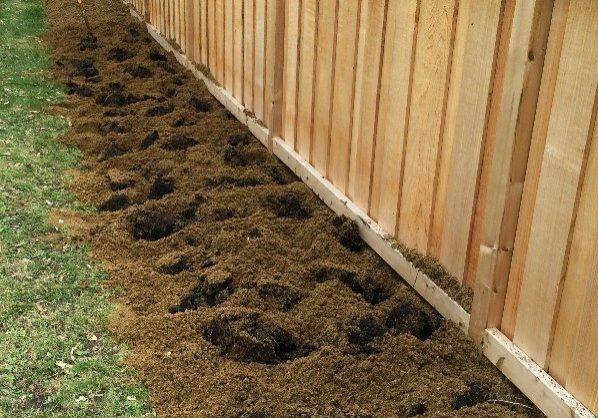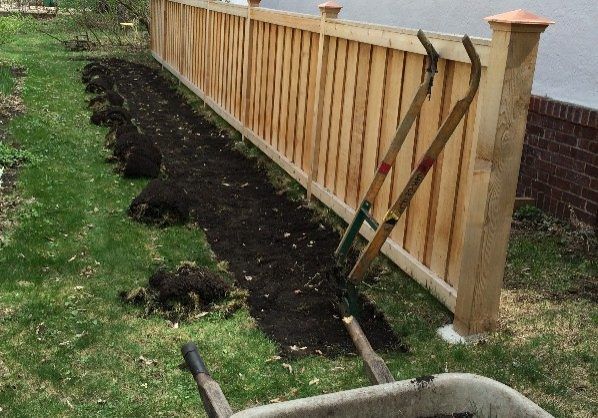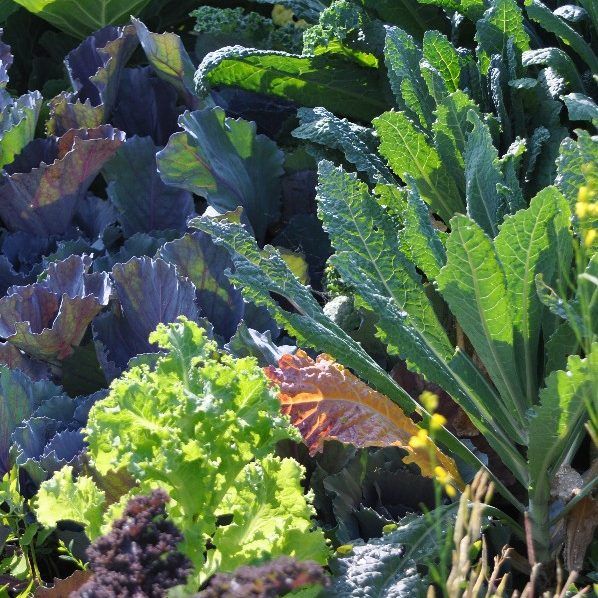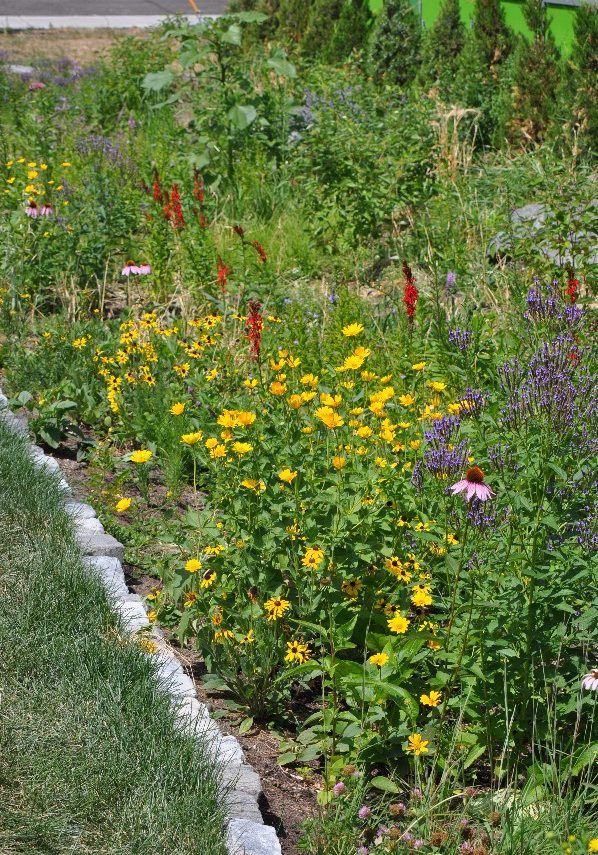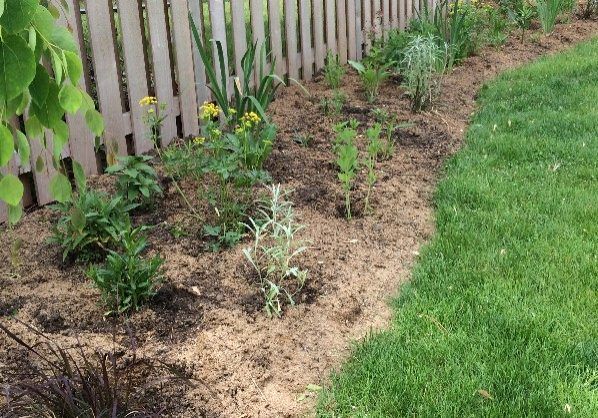Earth Friendly Lawn and Garden
We love to help guide folks through the process of understanding how to manage lawns and gardens in ways that protect pollinators, clean water, and provide year-round beauty for our clients.
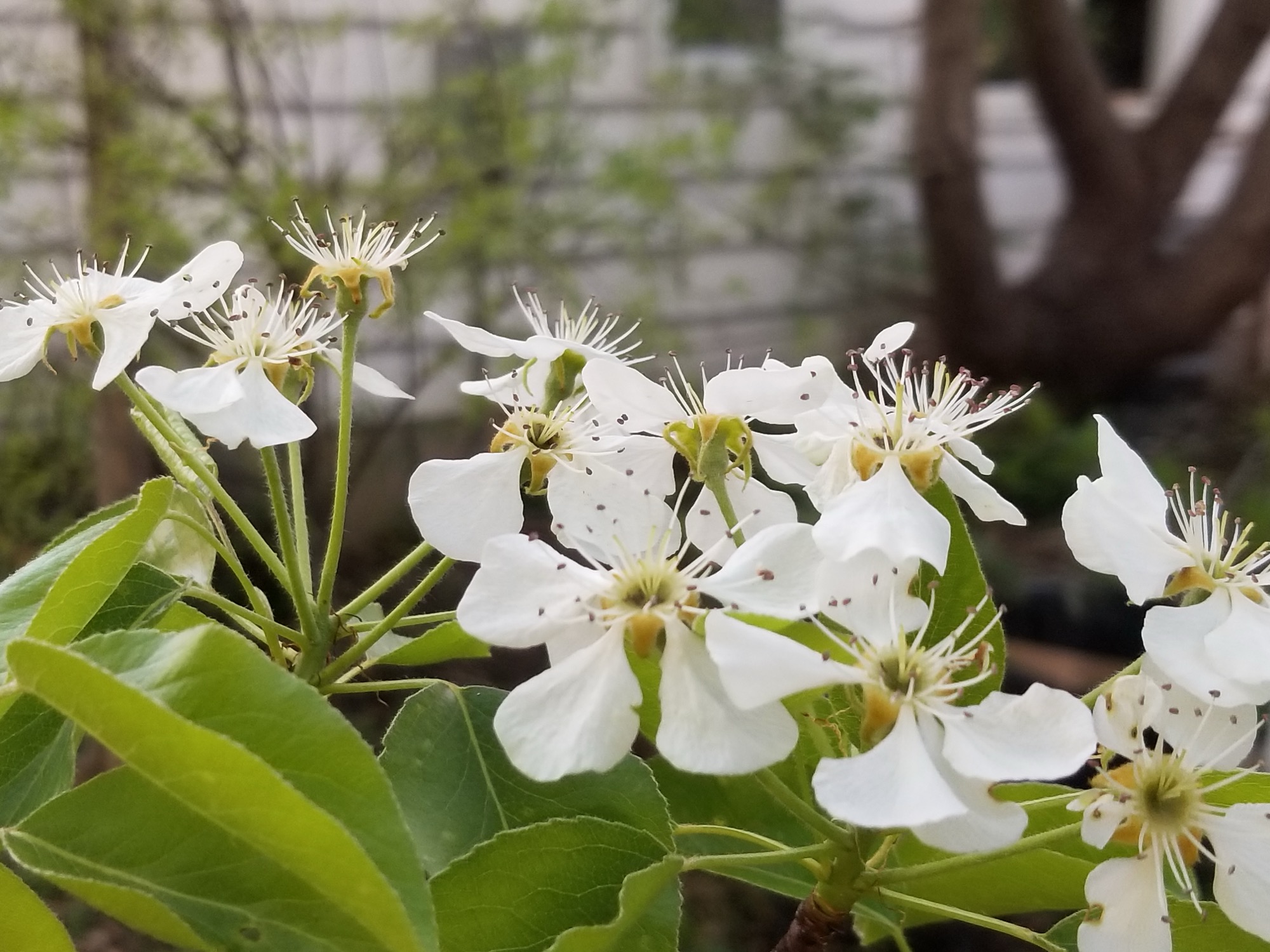
Lawns and gardens are the place people have the most immediate opportunity to connect with nature.
A lot of our clients find us while researching earth-friendly lawn care and eco-friendly gardening.
Here are a few of our favorite tips, tricks, and hints for having success and promoting ecological health in your landscape!
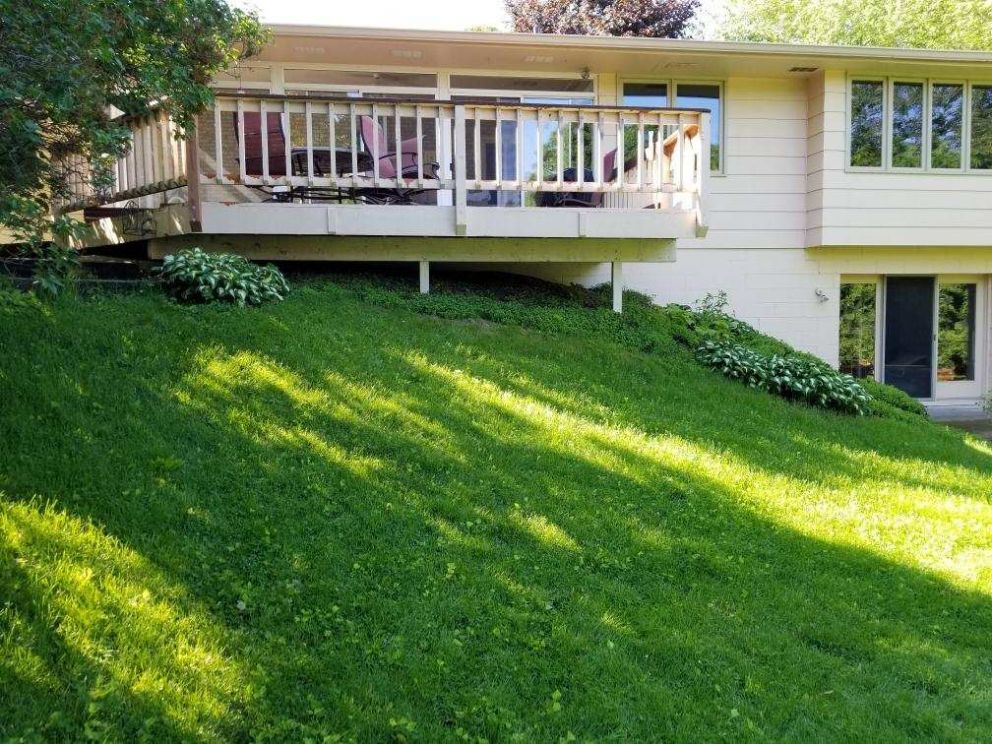
Before
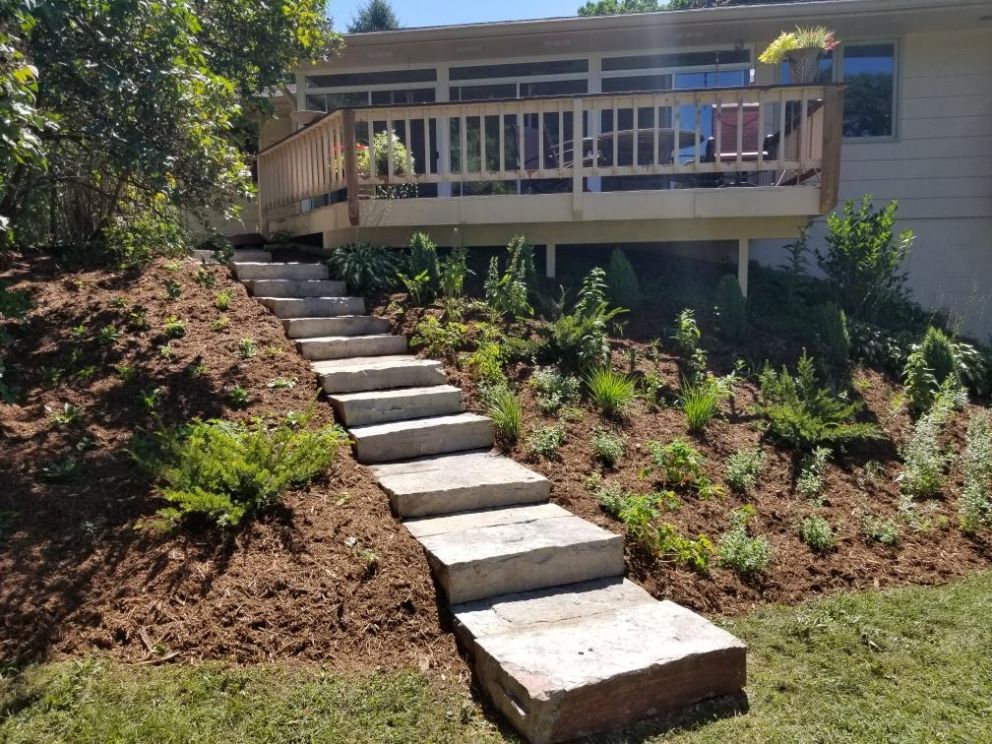
After
Lawns
When managed for maximum soil health, lawns are made of multiple species of grass and broadleaf ground covers. Mixing in Dutch white clover is an easy way to get started toward more healthy soil in your lawn.
Here are a few more important strategies for maximum lawn soil health:
Never mow shorter than 3”
When most lawn grass is allowed to stay at least 3” long, roots will stay more cool and moist for longer periods which encourages growth thus allowing the lawn to thicken up.
Aerate every year around Labor Day
Compaction is one of the biggest issues with facing lawn soils. Aeration relieves compaction in soils. Use a core aerator on your lawn when the ground is dry sometime around Labor Day. Aerating on moist ground will result in more compaction due to the weight of the aerator.
Local rental shops will have core aerators for available. Over-seed lightly with the seed blend of your choice after aerating.
Overseed
Overseed in the spring and fall with regular grass seed, clover, and native fescue grasses. In the spring overseed as soon as the snow melts completely. Continue composting and overseeding bare areas before rain-falls until they fill in. Overseed along with aeration in the fall just after Labor Day.
Bee lawn seed blends are available locally. Bee lawns incorporate clover, thyme, self-heal, yarrow, and fescue grass.
Make sure clover seed is pre-inoculated. Clover requires a special type of bacteria present on the seed before it will sprout. Good clover seeds are sold with the inoculant already coating the seed.
Worm castings
Worm castings can be made at home in a worm bin or purchased online from many different worm farms. Spread worm castings throughout the lawn every two weeks in the spring and fall until lawn is lush and thick.
Solid compost
Homemade compost or leaf compost is good for lawns and available in the Twin Cities. Spread compost throughout the lawn every two weeks in the spring and fall until lawn is lush and thick.
Compost Tea
Compost tea is a highly specialized foliar spray used for preventing diseases on crops. Compost tea can coat leaves with an active, growing beneficial “infection” of a community of microbes and therefore prevent pathogenic infections by other sets of microbes.
Compost tea must be brewed in a specific type of container for 12-48 hours. Compost tea can only be made properly with the correct equipment and under certain conditions. Without proper lab equipment compost tea can become pathogenic and it is not recommended for homeowners to attempt.
For purchasing compost tea, only trust professionals who use microscopes to examine each batch and who can show you microscope images of each batch of compost tea.
Professional compost tea treatments occur in the spring, compost extract treatments occur in the early fall. Compost tea is a very innovative product typically utilized in high-intensity production farms, orchards, and vineyards.
Compost Extract
Compost extract is a simple liquid compost solution used as a soil drench to inoculate soils with microbes, unlike compost tea, compost extract delivers mostly spores of beneficial organisms. Compost extract is much easier to make than compost tea.
Simply place a few hand-fulls of high quality compost or worm castings into a nylon mesh bag. Vigorously shake the bag of compost in a clean bucket of clean water. Add 8 drops of liquid humic acid per gallon of water to bind up any anti-microbial agents. Use immediately as a soil drench. Never store compost extract. Wash and scrub the bucket with soap immediately after use. Compost extract is a product that, when made with high quality compost is accessible to farmers, landscapers, gardeners, and lawn enthusiasts.
Selective Weeding
Weed out only plants that don’t fit in your space. Allow your favorite weeds to grow in your lawn for deeper roots, blooms for pollinators, and a healthier, deeper soil profile. This is “Low Impact” landscaping.
Grow Less Lawn
Trees, shrubs, and perennial gardens have deeper roots and do far more to advance soil health than do lawns. Lawns also have much higher maintenance requirements. Carve out as much lawn as you can and convert to native trees, shrubs, perennials and ground covers.
Gardens
Cover the ground in green, use ground covers as living mulch. Plan for a filled in garden space to crowd out weeds. Make sure you have enough budget for purchasing plants to cover the entire garden area within one season. Don’t let land sit fallow for long because it will invite weeds.
Plant diversity by including native ground covers, perennials, shrubs, and trees.
Use wood mulch on bare spaces around perennials, trees, and shrubs until ground cover and other plants fill in.
Inoculate plants with mycorrhizal fungi and / or compost and / or worm castings prior to planting.
Prepare garden beds by turning new beds by hand with shovels only one time during installation. First top-dress beds with 3-6” of compost.
Use a ½ and ½ mix to establish new gardens: Blend ½ wood mulch and ½ composted manure. This will inoculate the ground with both fungi and bacteria and kick start a beneficial biological community in your soil.
Turning will leave large clumps of soil intact thus leaving webs of fungi as well as living nematodes and other life forms to both inoculate and be fed by the freshly added compost.
Cover immediately after turning with mulch or more compost and then plant or seed after that. Always have your soil covered with plants or mulch so rain can’t hit the bare dirt. This will prevent runoff and nutrient loss and will slow storm surges.
Rain Gardens
Rain garden soils should be treated the same as garden soils during installation. After excavation of the rain garden, spread healthy compost 6 inches deep throughout the new garden space, turn with a shovel. Plant rain gardens with at least one perennial per square foot to achieve coverage in a single season.
Adding sand into soils in the bottom of rain gardens doesn’t help with drainage because drainage depends on the underlying soils. It’s best to kick start rain gardens with healthy compost because this will help drive roots into the Earth and the roots are what gives a rain garden drainage over long periods of time.
Our method for rain garden soil prep is to excavate enough space to hold all the water we’d expect in a 4″ rainfall. Plan for overflow away from building foundations. We excavate a couple inches extra then add in 6″ of 1/2 mulch and 1/2 manure in the basin and all along the slopes of rain garden. Blend the half and half mixture into the soil in the bottom of the garden with a shovel, never a tiller. Seed slopes to stabilize after planting perennials, trees, and shrubs.
Veggie Gardens
Veggie garden soils should be treated the same as all garden soils during installation. Add in 6″ of 1/2 mulch and 1/2 manure with shovels, never tillers.
Use cover crops to strengthen roots and help develop healthy soil faster. White clover is an easy cover crop for veggie gardens.
Add a layer of high-quality compost every year.
